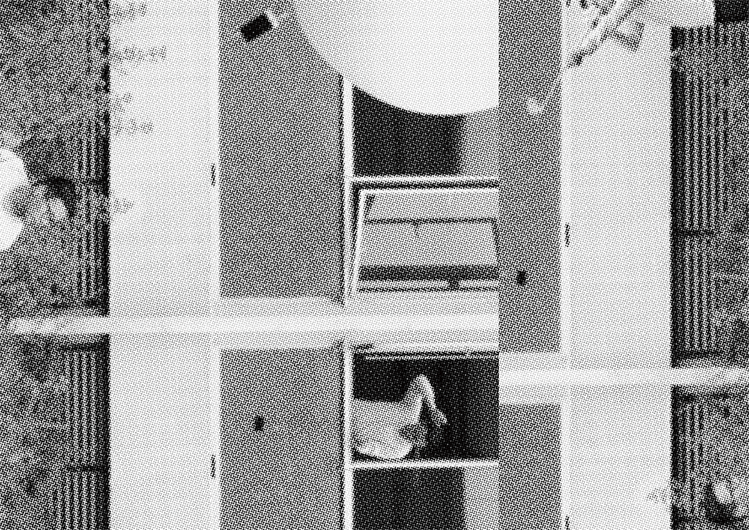Studio for conceptual, social design and research
info[at]timothy-liu.com
How toGether | Noordoostpolder Productielandschappen | WaterSchool–Garden of Delight | WaterSchool Library |
Lifetime Warranty | Space for Civic Assets | His His & Hers | M4H Makers District Signage
There is a scene in Alice in Wonderland, when Alice sees a talking white rabbit that holds an old pocket watch, and before jumping into a hole in a tree, he mumbles, “Oh dear! Oh dear! I shall be too late!” This serves as a very good description of my daily life now. From the moment I open my eyes, I use different types of technology to increase my daily efficiency, right up to the moment before going to sleep. My life consists of non-stop app notifications and never-ending new information from social media.
I did not realize how much I had become used to the convenience and high speeds of technology until one day, when using the Wi-Fi on the train, I attempted to make an overseas Skype call. The Internet connection was so slow that I could barely finish the conversation. I felt anxious, because the discontinuous flow of the conversation meant that I wasn’t able to properly focus. When the conversation was finished, I realized how much I depend and trust on technology and the expectation of its ‘high speed’ and ‘normal functioning’. Our everyday social and cultural experiences are increasingly mediated by electronic products, from iPods to ‘intelligent’ toasters. It is the design of these products that shapes our experience of the ‘electrosphere' in the environment we live (Hertzian Tales, Anthony Dunne, 1999). This ‘electrosphere’ environment is developing into a more ubiquitous presence – smartphones, intelligent fabric and the coming era labeled ‘the Internet of things’ (IoT).
The expectations pertaining to technology’s high speeds and normal functioning are now involved in many daily interactions, in architecture, and other objects within an urban context. We have lost control over determining our individual pace and our interpretation of time. In other words, the diversity in our rhythmic patterns has become diffused. I am concerned about the way in which we experience within this ‘electrosphere’ and how this influences our daily lives in terms of speed. I want to focus on our changing sense of time in the context of technology in this new digital age, to explore the question of our consciousness of speed when using technology and regaining control of this speed. What would happen if we thought about speed rather than function in design? Can we use speed as a design tool, and how will it affect the way design and technology are perceived and used in society?
Projectdata
2017 Graduation Project
Design Academy Eindhvoen MA Socail Design
